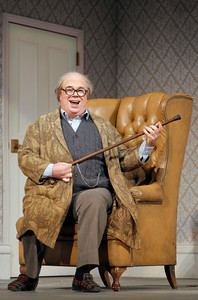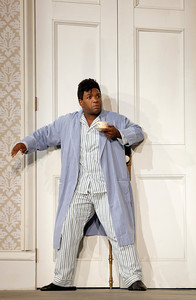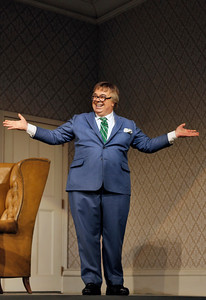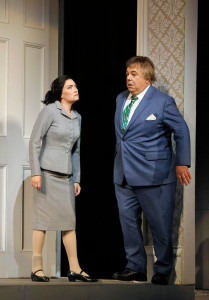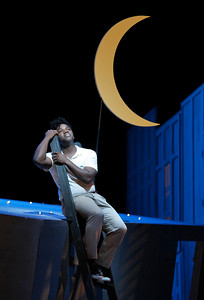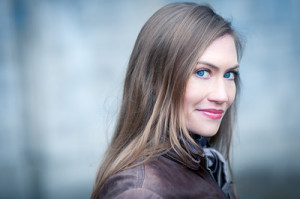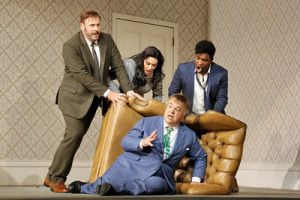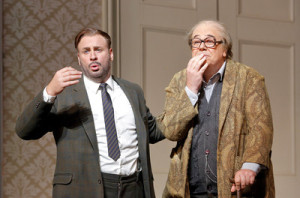The San Francisco Ballet is a ballet lover’s dream: a company of gorgeous dancers who are precise, elegant, and bursting with energy and style. This season’s Program 2, CLASSICAL (RE)VISION offers SFB’s devoted audience a selection of five ballets.
On February 16, the program included Bespoke, choreography by Stanley Welch, music of Johann Sebastian Bach; Pas de Deux from After the Rain, choreography by Christopher Wheeldon, music of Arvo Part; Pas de Deux from Swan Lake, choreography by David Dawson, music of Peter Ilyich Tchaikovsky; Concerto Grosso, choreography by Helgi Tomasson, music by Francesco Geminiani after Corelli; and Sandpaper Ballet, choreography by Mark Morris, music of Leroy Anderson. The middle three were “Director’s Choice,” and can change places with other dances through the run of the program, February 11-22.
Bespoke is a moving showcase for twelve dancers: five Principals, five Soloists, and two from the Corps de Ballet. The two Corps members, Alexandre Cagnat and Ellen Rose Hummel, show that SFB has its future insured with outstanding artists. This is a wonderful ballet in its musicality, design, and restrained but powerful emotion. Not having read the program note before seeing the performance, this audience member missed an important layer of the dance. However, the dance works on its own without explanation. Stanley Welch uses the technical heart of ballet to create art that can speak to everyone, even those who have never stepped inside a studio. He builds the dance from the basic positions and movements all ballet students and dancers practice around the world. Seeing these movements performed exquisitely to each angle, forward and backward, jumping and spinning makes the dance lover’s breath stop for a second. It is familiar and unknown. The dancers accelerate their movements, join together, exit the stage and return. Something is happening to them. That something is time. It happens to everyone. It happens without our permission. It happens to dancers so soon, too soon. As it turned out, those long, straight arms I admired were meant to suggest a clock. Some movements were there to suggest life scurrying past our eyes as a dancer flies from our visual and emotional connection to him. At the end of this ballet, the dancers sink into the stage floor two by two. Two men together, two women together, males and females together. As the final couple sinks to the floor, the light closes over the rest of the stage. Only one spotlight captures the pained expression of the last dancer down. It is a wonderful ballet, beautifully danced.
Helgi Tomasson, Artistic Director of SFB, created Concerto Grosso in 2003 for the SF Ballet’s 70th Anniversary. It is terrific; brilliantly performed and exciting to watch. Five fabulous men danced at the height of their power and technical achievement. Once again, two members of the Corps showed that SFB has, in baseball terms, a very deep bench. All five danced at a great level of artistry. They included Lucas Erni, Corps; Max Cauthorn, Soloist; Benjamin Freemantle, Principal; MingXuan Wang, Corps; Lonnie Weeks, Soloist. This ballet sends shooting stars across the War Memorial Opera House stage. Graceful, lyrical, explosive, and soaring, the dancers showed all the virtuoso, versatile, thrilling dancing of San Francisco Ballet’s stellar male dancers.
See the San Francisco Ballet’s Program 2, now through February 22. San Francisco’s War Memorial Opera House, 301 Van Ness Avenue, SF. Contact: 415/865-2000 and www.sfballet.org
